The mind is one of our most intriguing and powerful elements. It is more powerful than any supercomputer we have ever built and can hold an almost endless amount of data.
The layers of the mind determine how we gain access to all of that knowledge. There are three in total, but this article will concentrate on the interaction between our conscious and subconscious minds. We may best attain our goals by tapping into the many brains by discovering what is going on in our thoughts.
Conscious Mind vs Subconscious Mind
To effectively grasp the distinctions, it is necessary to first understand the many levels of the mind. We'll go to Sigmund Freud, the guy who invented the notion, for guidance.
In his hypothesis, he utilized the analogy of an iceberg and the concept that the mind might be divided into three pieces.
The conscious mind is like the ice on top of the sea. Because the majority of the ice lies underwater, this is merely the tip of the iceberg.
Everything underwater is divided into two sections. The preconscious refers to everything below the waterline, whereas the subconscious is far below.
This analogy may not make much sense on the surface, yet it has some reality when compared to Freud's conclusions of what each mind performs.
- All of our ideas, feelings, hopes, and memories are stored in the conscious mind. This is where we think and converse. To return to the iceberg example, these are all the items that need minimal effort to perceive.
- The preconscious mind is everything that isn't at the forefront of our brains but may be brought to the forefront with a little effort.
- The subconscious mind, which lies beyond our conscious mind, retains sensations, desires, and memories. We generally suppress things like pain, worries, or disagreements. These events shape our general behavior, motivations, and decisions.
DIFFERENCES IN OPINION
As you can see, the conscious and subconscious minds operate at separate levels and retain various types of information. However, there are some distinctions. The most significant is the disparity in viewpoints.
This refers to the fact that the conscious and subconscious minds hold opposing opinions.
Many of our decision-making drivers, like those of animals, are hidden under the surface. An animal does not "decide" to fly, hunt, sleep, or fight in the manner that we do with many of our own decisions - it just follows the instructions that come from the subconscious areas of its brain.
These same kinds of instructions come to us from the same sections of our brains, sometimes for good evolutionary reasons, sometimes not. Through emotions such as love, fear, and inspiration, our subconscious fears and wants drive our motives and behaviors. It's biological. Love, for example, is a mix of hormones generated by the pituitary gland (such as oxytocin).
While certain sections of our subconscious minds are dangerously animalistic, others are smarter and faster than our conscious minds. Our most creative moments frequently "pop" up from our subconscious. We get these creative breakthroughs when we are calm and not attempting to access the region of the brain where they are located, which is usually the neocortex. When you say, "I just thought of something," your subconscious mind is communicating with your conscious mind. This channel of communication can be opened with training.
So, while our minds have diverse viewpoints, they have the capacity to collaborate.
This is similar to delaying on a task just to have a "lightbulb" moment. That thought did not emerge from someplace in particular, but rather from your subconscious mind.
Consider circumstances in which events contradict well-established assumptions.
Assume you hold the assumption that you cannot form true, long-term connections with other people. Any occurrence that suggests different will drive your thoughts into a tailspin.
Consider going to a business meet-and-greet. People who hold the notion will avoid talking to people on purpose, or will confine it to small conversation, not trying to bond with them.
This action is justified because, in their minds, they will do whatever to hinder or ruin their chances of establishing a buddy.
This is because they have negative experiences or opinions about their social abilities.
ACTIVE VS PASSIVE
The last distinction is how engaged each portion of our mind is, and the simplest way to describe it is with an example to which we can all identify.
Do you ever have trouble falling asleep because your mind wanders?
The subconscious mind is one of the reasons behind this. Your conscious mind is relaxing when you fall asleep, but your subconscious mind is not.
In reality, your subconscious mind never sleeps. It operates around the clock to govern your body, respiration, organ function, and cell growth.
Our subconscious mind is the reason we dream and why we only remember the most vivid parts of our dreams.
How to Improve the Conscious and Subconscious Mind
Now that you have a better understanding of what each thought performs, we can work on improving the link between our minds. You may develop this link in a variety of ways, the majority of which derive from habits your conscious mind might form to strengthen your subconscious over time.
1. CONSIDER THE ENVIRONMENT
While we should be concerned about our global environment, we should also be concerned about our internal environment. Most individuals have probably never examined the surroundings of their subconscious mind.
This is significant because, once again, our subconscious mind is always working and assimilating everything.
Beliefs do not appear out of thin air. Our beliefs develop as a result of the information we encounter, the conclusions we reach, and how we relate it to the rest of our world. We do it all the time.
The catch is that our daily environment is fraught with emotions. The most noticeable are negativity and conflict.
When we eat it, it is gloomy, but it has an effect on our behavior over time. As a result, it is critical to be aware of what information you are ingesting.
If possible, avoid listening to the news. Spend no time with those that bring you down or are harmful. Increase your exposure to positive knowledge via multiple channels.
2. VISUALIZE MORE
Remember that our subconscious mind is the mind that drives our dreams. If it can accomplish that, it stands to reason that the subconscious mind is fond of images.
Visualization is the most effective method for sending images from our awareness to subconscious minds.
The objective is to spend a short period of time each day imagining happy images of yourself and your life events.
You may envision anything you choose, including trips, satisfying relationships, working out, and other activities.
The aim is to practice them on a regular basis, and these pictures will gradually replace any negative ideas you have about those features. Any anxieties, questions, or concerns will gradually go away.
Visualize powerful happy feelings for added impact. For example, if you're afraid of working out in a gym, envision yourself working out. Visualize how you'll feel at the end of it or when you reach your health objective.
3. AFFIRMATIONS
Affirmations are the final strategy I'd want to discuss. This approach is similar to visualization, except you focus on words and concepts instead. As previously said, all knowledge and ideas are absorbed by our subconscious mind.
Our tune will alter over time if we consistently teach good phrases.
Affirmations have specific ground principles that must be followed in order for them to be effective:
Use the Present Tense
Do you want to be more self-assured? Say to yourself, "I am confident." You may fool your subconscious mind even if you are not confident since it cannot foretell the future. It just knows the now. Also, always use positive comments.
Associate Your Words With Feelings
Even if the assertion is incorrect right now, telling ourselves how we will feel with this new reality is a powerful incentive. Start bringing in emotions that make you feel healthy if you want to improve your health.
Repeat the Process
Not only should you do this on a regular basis, but it also helps to repeat them throughout the day.
Final Thoughts
The connection between the two minds is strong, and adopting simple lifestyle adjustments may have a long-term influence on your attitude and life. That much is obvious when we consider how our conscious and subconscious minds work.
Remember that our conscious mind is the one in charge of getting things done. It is our first line of defense. Our mind is continually scanning the environment, absorbing whatever it can, and shaping our reality. You can transform your life if you nurture these two.

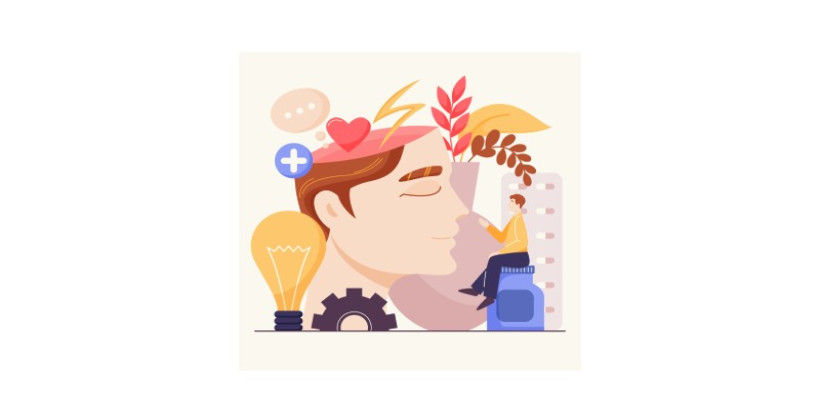
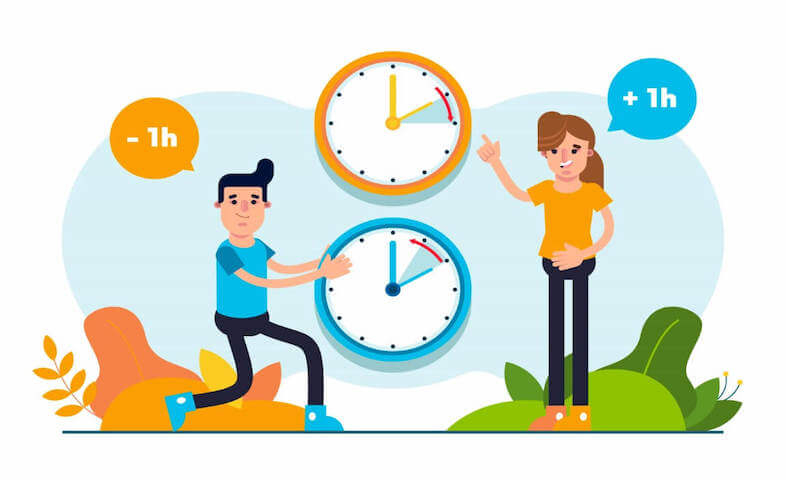
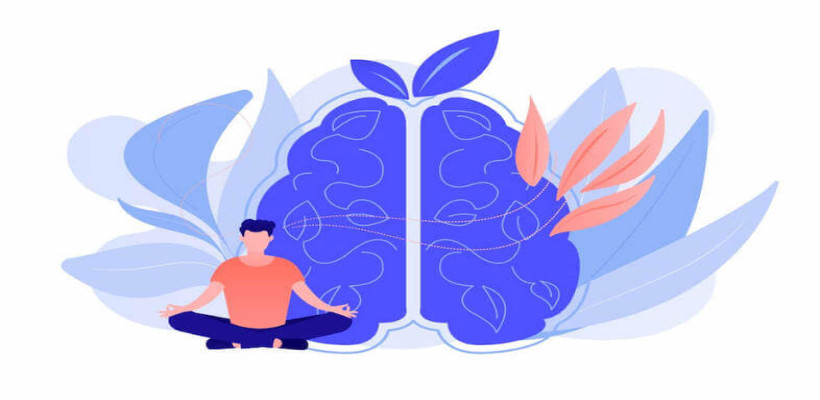
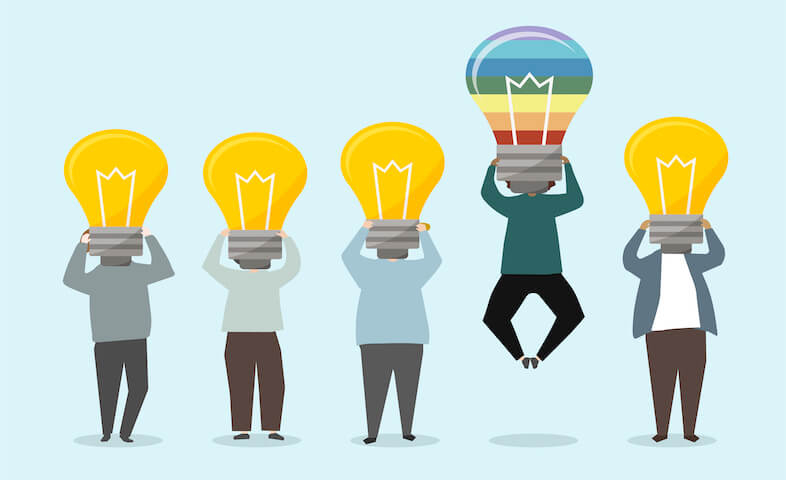
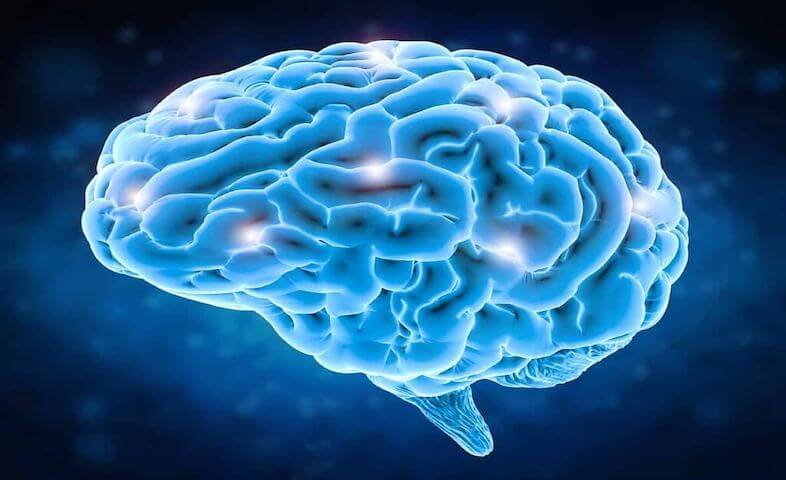
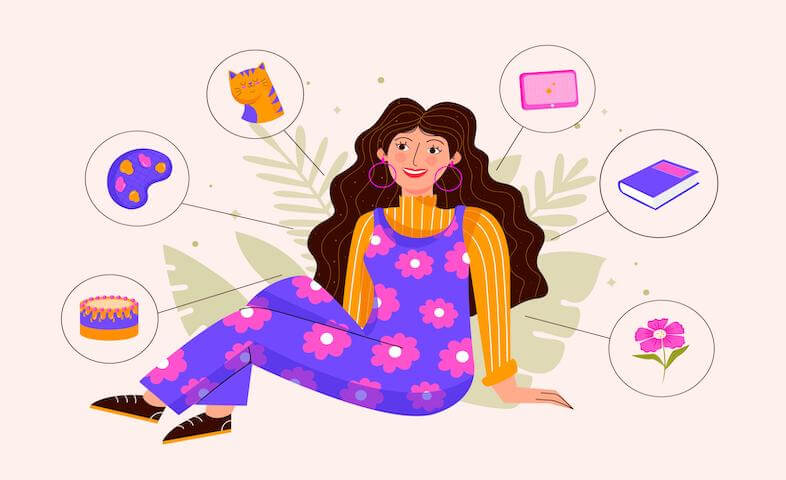
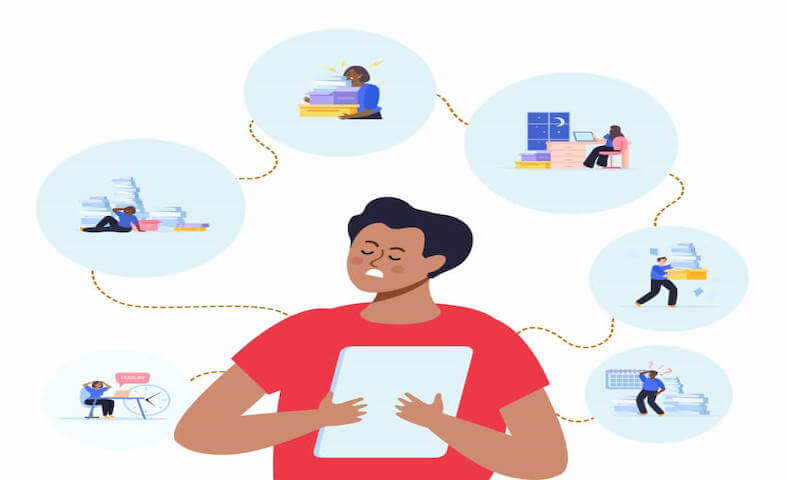
Commnets 0